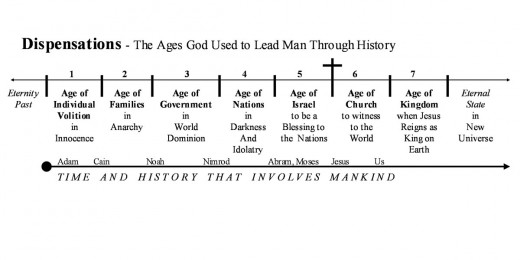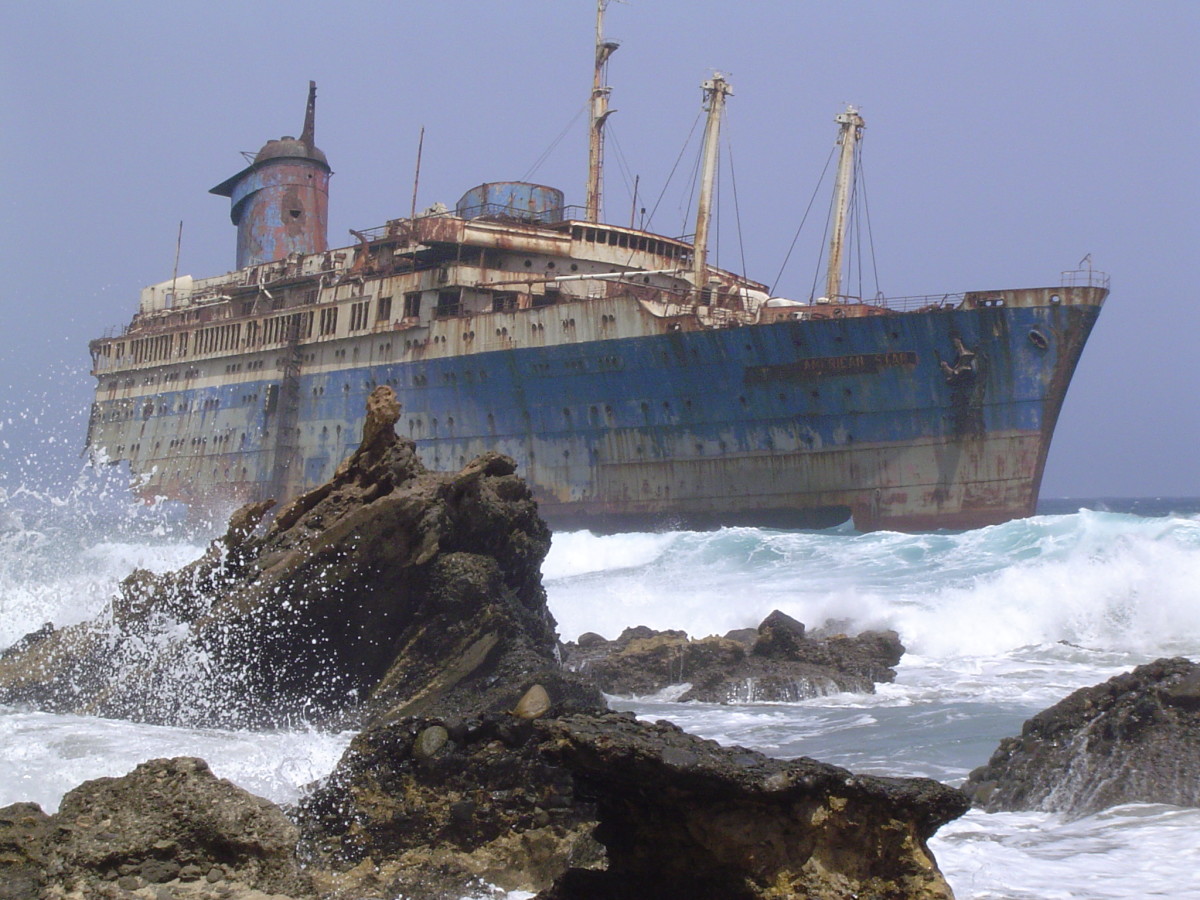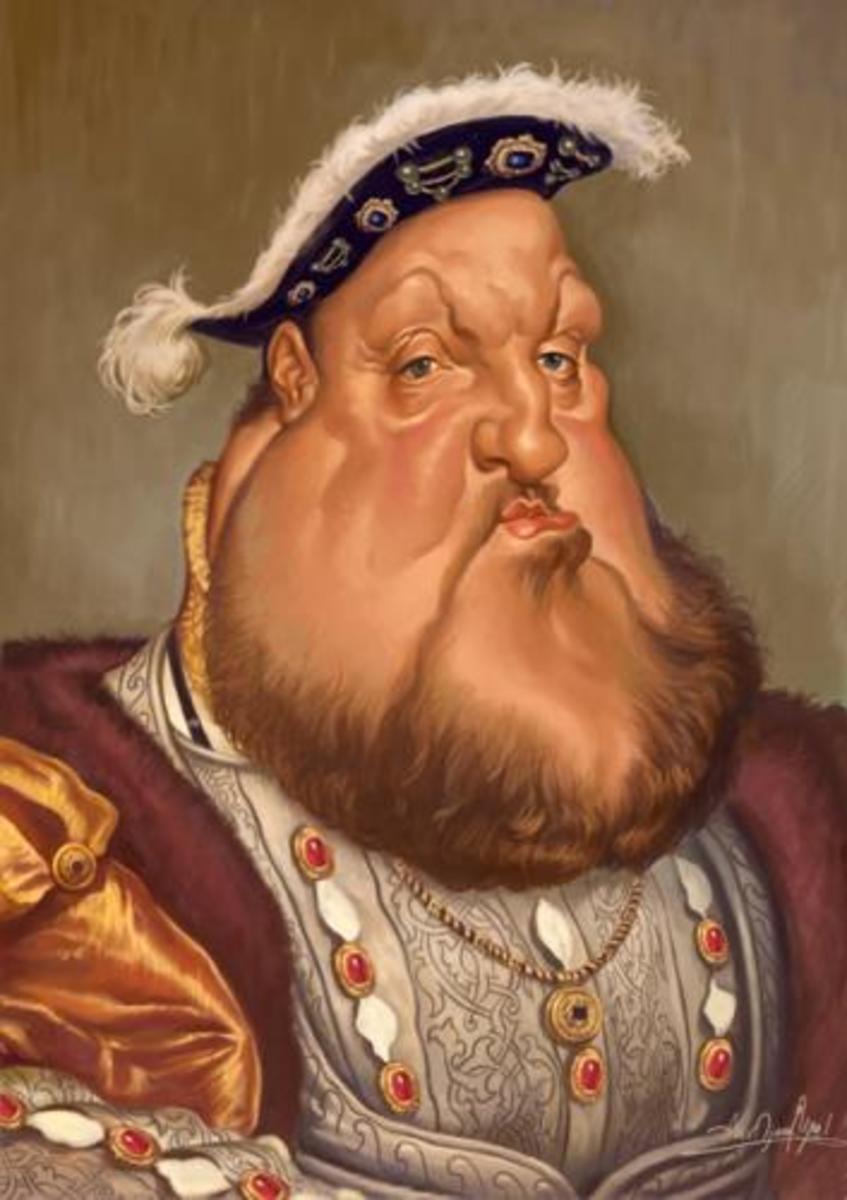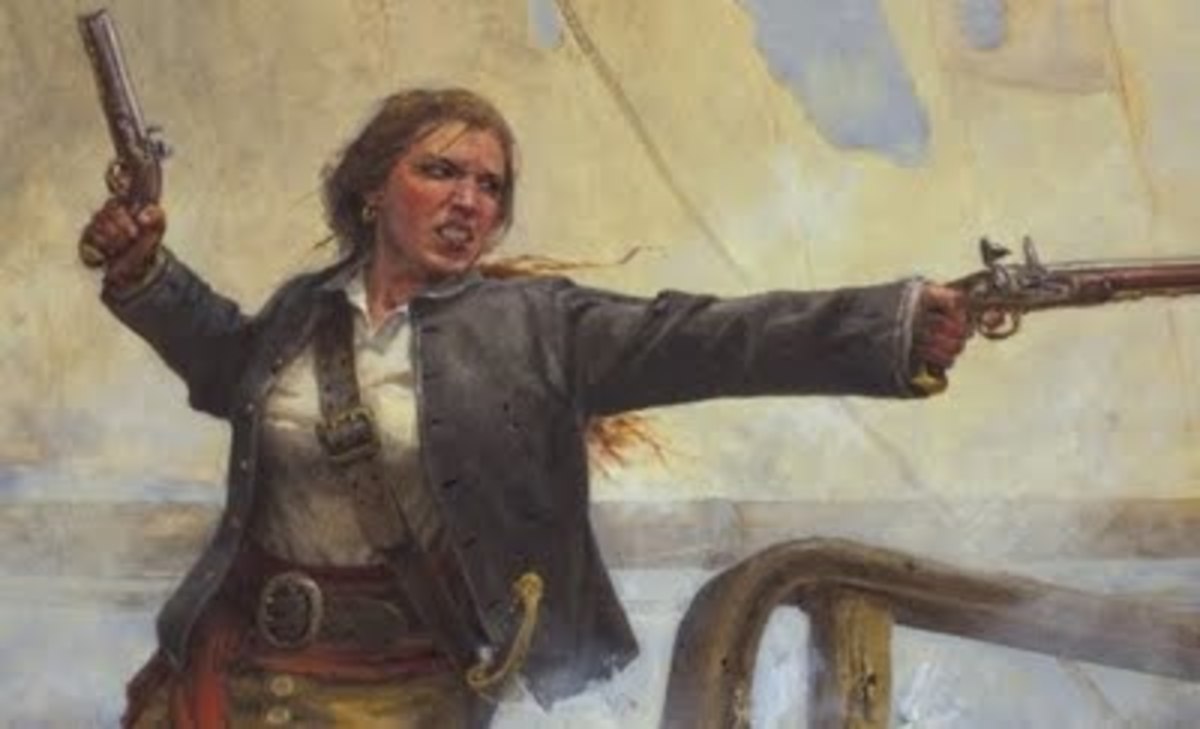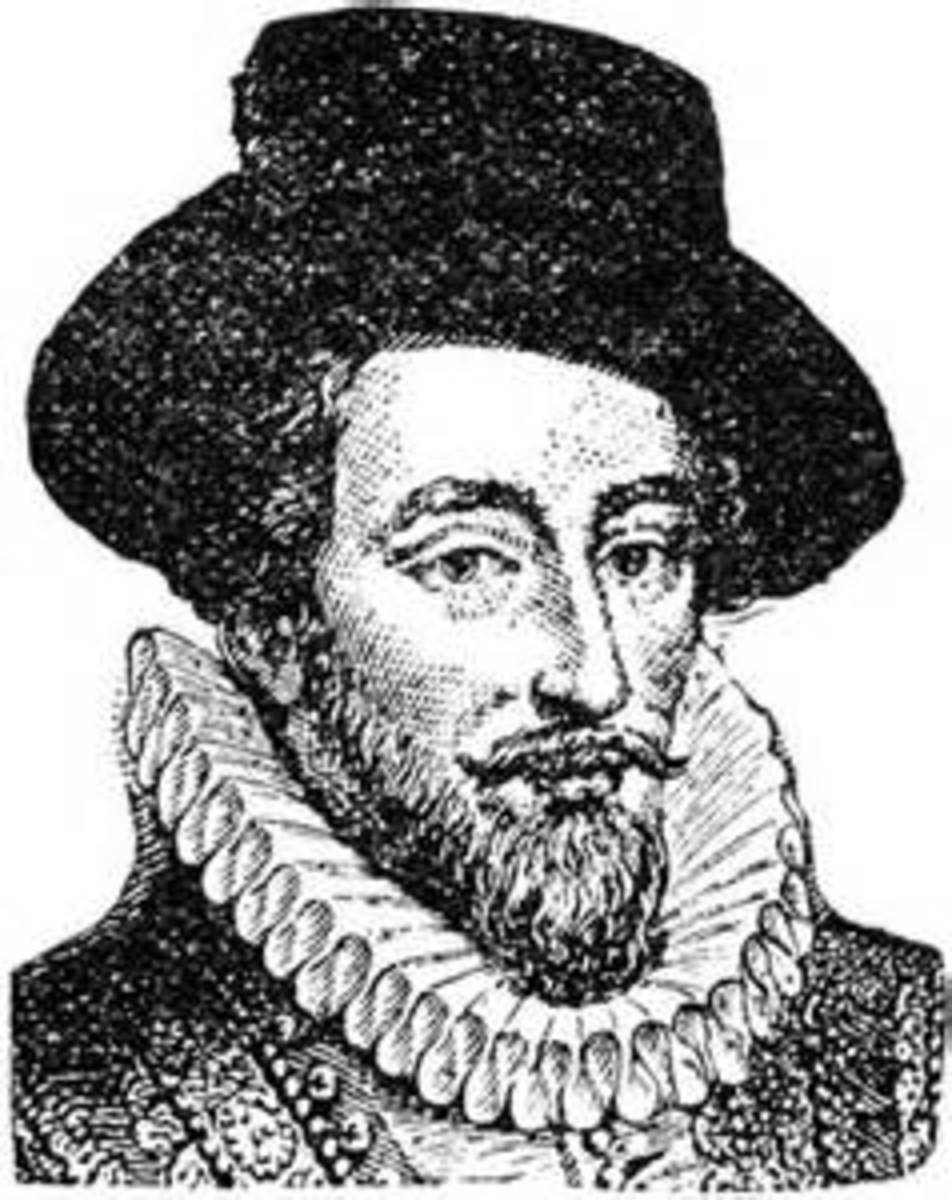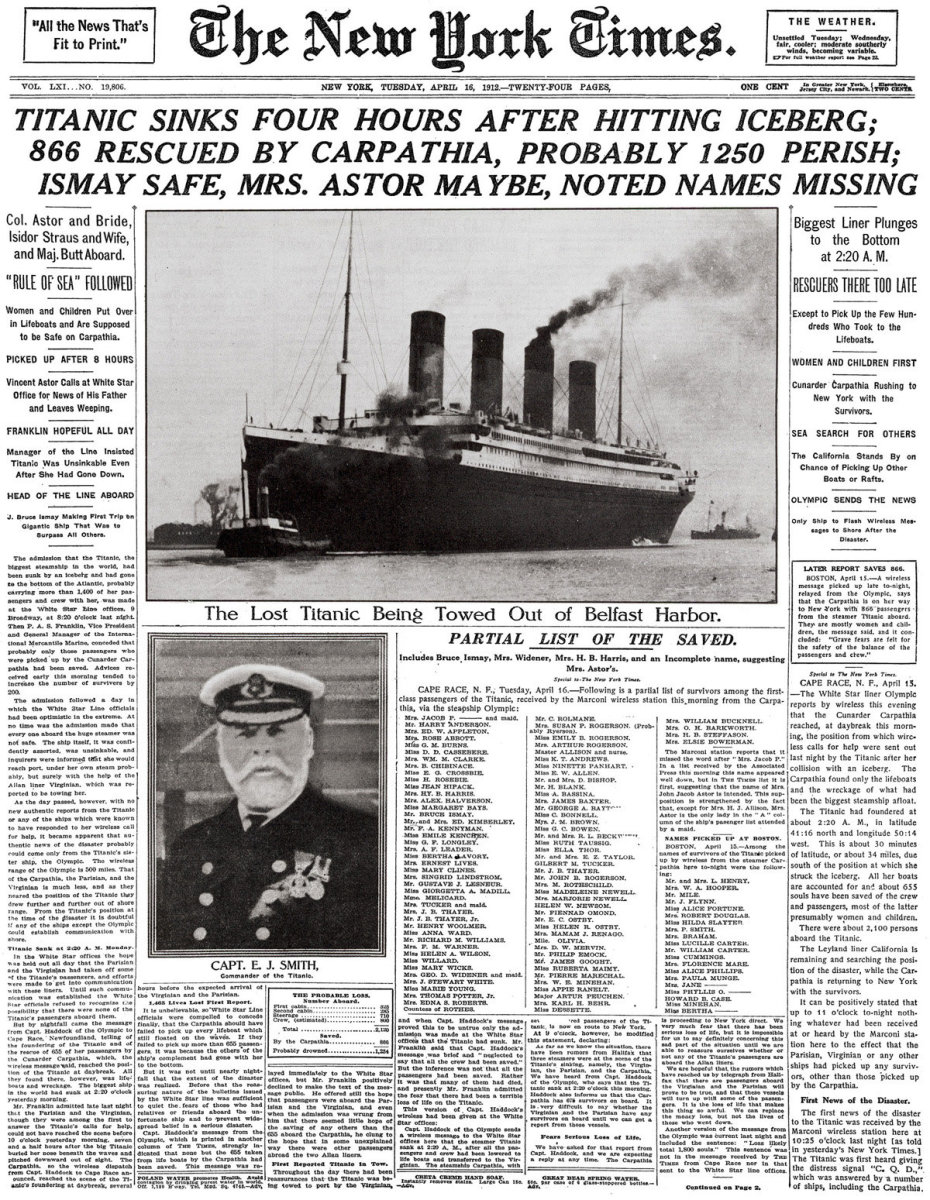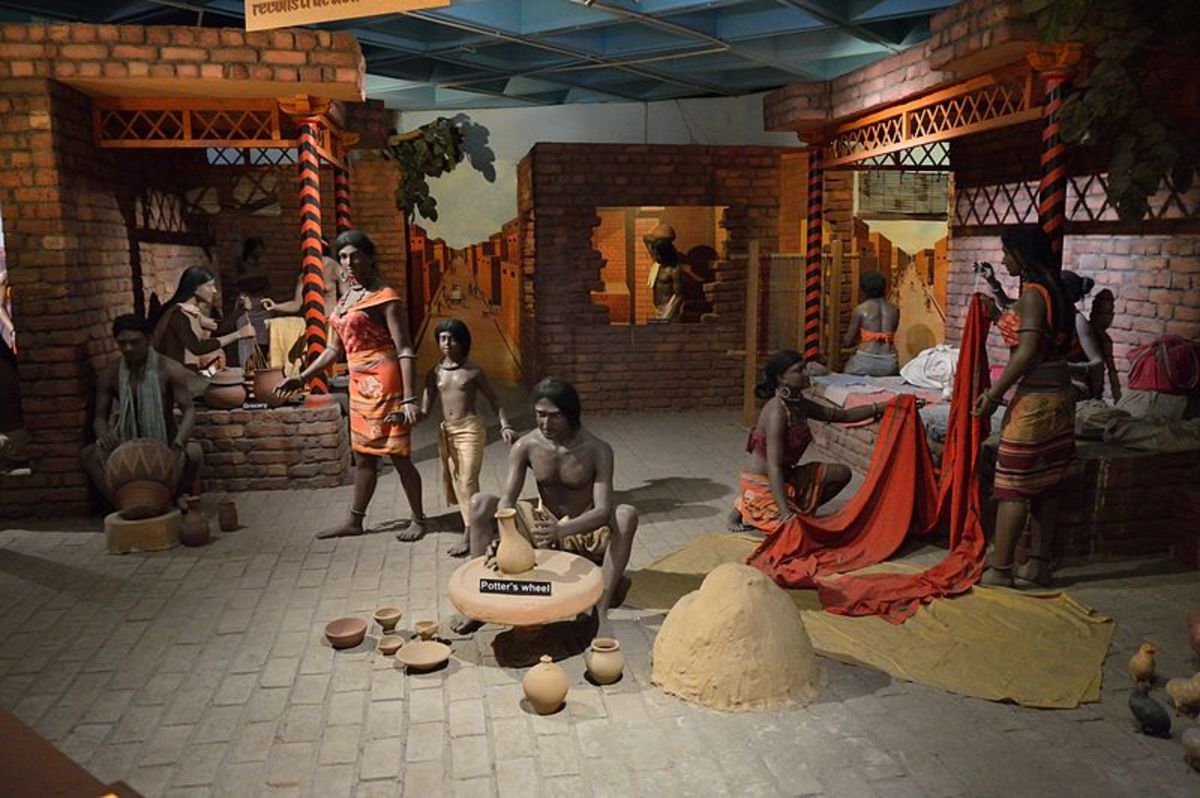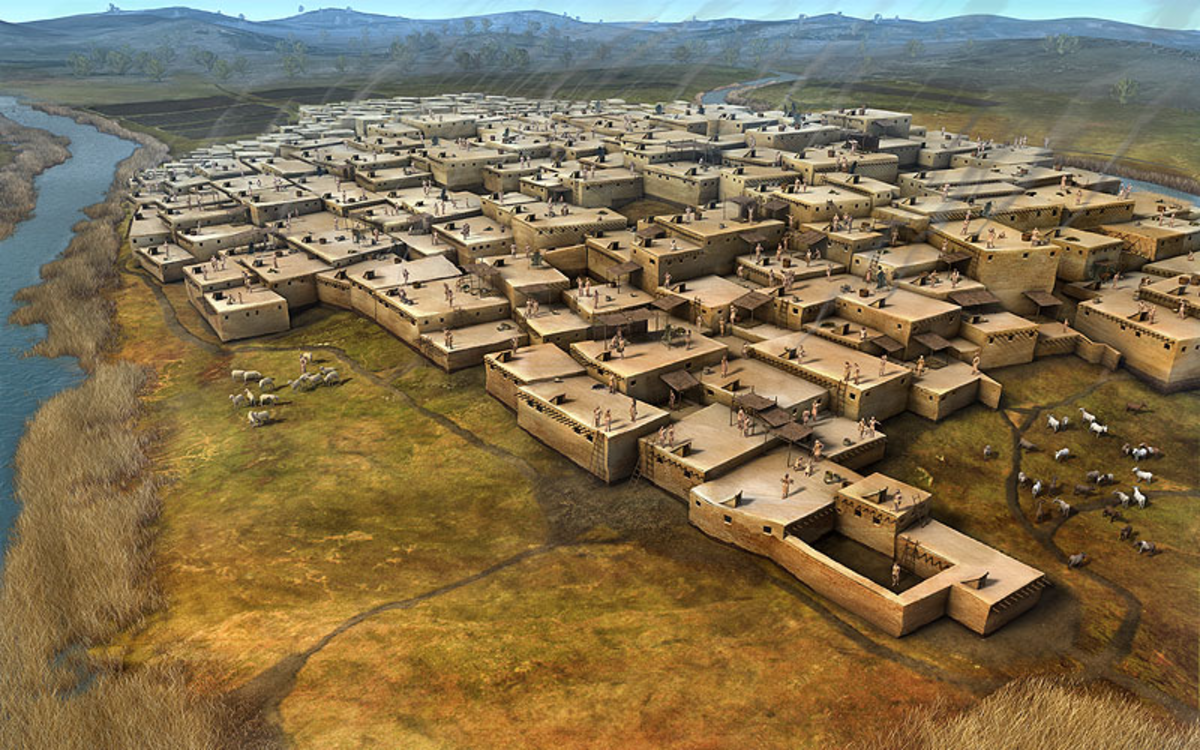How to Present a Time Line
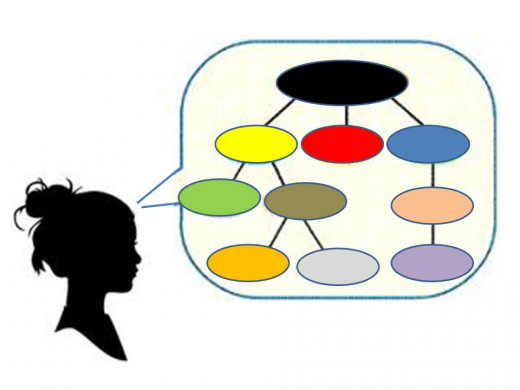
The reason for this article is to share information that a student needed. The assignment drove to madness the parent in search of the simple, under history books: “Facts in a time line ”.
History is the branch of knowledge dealing with past events and as Michael Crichton quoted, "If you don't know history, then you don't know anything. You are a leaf that doesn't know it is part of a tree." Math and History are one of the most disliked classes to many people that I have met. History caught my attention when I was in sixth grade because the teacher was one of those not frequently found; that knows how to give what she has in her brains.
My middle sister is homeschooling her son which has inspired me to write some articles in defense of homeschooling. I have learned from her many things and one of them is the use of time lines. Keeping the basic of things in order is more useful than having a bucket full where nothing is found. In case it is useful for someone else, I will share what I have found.
What is a time line?
A time line is mainly a way of displaying a list of events in chronological order.
How can you present the concept for a time line?
There are many personal ways to do and understand something. A time line is about a concept (a general idea of something). The use of pictures or words to present a concept will depend on the level of who is being taught. Keeping things simple is an indisputable form to bring understanding.
The technique that I recommend for visualizing simple relations between concepts is the use of a diagram. A concept map is the graphic tool that helps organize and represent knowledge. These types of maps came from the ideas of David Ausubel in the decade of the 60's. Let's take a look at the different main types of concept maps, and with your creativity I know you will be amazed with what you develop a time line into:
- Hierarchical map: drawing up from a key concept that sits on top of it and leaves the other elements that go into decline.
- Chart map. this is often used in business to set the various departments and positions that shape a particular industry or company. The information will be presented in a linear fashion.
- Spider map:the key concept is at the center and from it the rest of emerging issues are developed around.
- Systemic and landscape map: are other types that make up the most common classification of the so called concept maps that are being addressed.
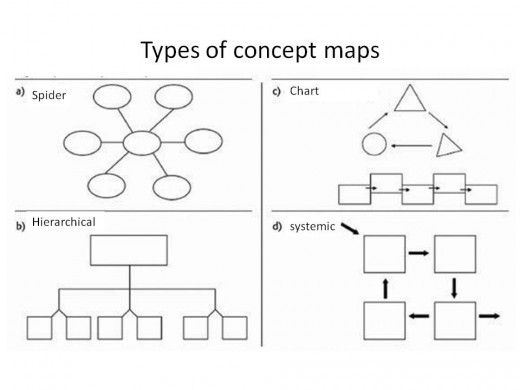
Accordion Book
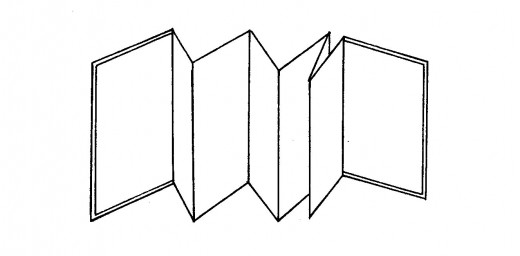
Facts to present a concept for a time line
Below you will find a list of facts (that are the base of what we live today) for a time line. It is very interesting the way my sister has used her creativity, added by her creative son; both have come up with awesome presentations. They use pictures or drawings and other amazing ways to make that history very interesting and make it significant to who they are today. To mention some are the accordion time lines, little or nested books on a concept of the time line, multidimensional models and others.
Let’s take a simple look to what seems to be extensive in a time line.
Second Millennium
1003
Leif Ericsson Discovery America
1040
Macbeth - King of Scotland
1066
William the Conqueror and the Battle of Hastings
1096
The Early Crusades
1212
The Children’s Crusades
1215
King John and the Magna Carta
1271
Marco Polo Travels East
1325
The Aztecs
1348
The Black Death of Europe
1377
John Wycliffe and the Reformation
1431
Joan of Arc
1456
Johannes Gutenberg
1492
Columbus reaches the West Indies
First Millennium
A.D. 29
Pentecost and the First Followers of Jesus.
A.D. 64-257
Martyrs of the Early Church
100 B.C.- A.D. 75
The Dead Sea Scrolls
A.D. 79
The Buried City of Pompeii
269
St. Valentine
313
Constantine I and the Edict of Milan
320-500
The Golden Age of India
350 – 900
The Mayan
382-405
The Holy Bible and the Vulgate by Jerome
389-461
St. Patrick - Missionary to Ireland
476
Fall of the Western Roman Empire
500 -1000
Daily Life in the Dark Ages
503
King Arthur and the Knights of the Round Table
573
Early Japan and Prince Shotoku
589 - 618
The Sui and Tang Dynasties of China
622
Mohammad and the Birth of Islam
732
Charles “Martel” and the Battle of Tours
793
Invasion of the Vikings
871
Alfred the Great - King of England
900
The Great Zimbabwe of Africa
985
Eric the Red and the Settlement of Greenland
Third Millennium
The Third Millennium represents the Sixteenth Century.
1558
Magnetic compass was invented by John Dee. Queen Elizabeth I ascends the throne (rules until 1603), restores Protestantism, establishes state Church of England (Anglicanism). Renaissance will reach it's height in England—Shakespeare, Marlowe, Spenser.
1564
First horse drawn coach was used in England.
1565
St. Augustine, Florida, the first town established by Europeans in the United States, is founded by the Spanish (Later burned by the English in 1586).
1570
Japan permits visits of foreign ships. Queen Elizabeth I excommunicated by the Pope. Turks attack Cyprus and war on Venice.
1571
Turkish fleet defeated at Battle of Lepanto by Spanish and Italian fleets.
1572
Peace of Constantinople
1580
First water closet designed in Bath, England and Francis Drake returns to England after circumnavigating the globe; knighted by Queen Elizabeth I (1581).
1582
Pope Gregory XVIII introduced the calendar still in use today.
1585
Decimals introduced by Dutch mathematicians.
1587
Sir Walter Raleigh founds the first English Colony in North America (North Carolina). Mary, Queen of Scots, executed for treason by order of Queen Elizabeth I.
1588
England defeats the Spanish Armada and rules the seas.
1590
English colony of Roanoke vanished. The first paper mill was used in England.
1596
Thermometer invented.
1598
Boris Godunov becomes Russian czar. Tycho Brahe describes his astronomical experiments.
1599
First copper coins were made.
1500
Spanish explorer Vicent Yañez Pinzón reaches the northeastern coast of Brazil.
1503
Pocket handkerchief used.
1504
Americo Vespucci discovers the New World
1507
The New World becomes known as America
1509
Watches invented
1513
Ponce de León explores Florida
1519
Magellan begins a three year voyage around the world. The Aztec empire dominated Mexico.
1521
The Protestant Reformation.
1522
Juan Sebastián Elcano continues around the world and reaches Spain.
1527
The end of the Italian Renaissance.
1530
Bottle corks invented and Don Antonio de Mendoza becomes the first Viceroy in Mexico.
1531
Halley’s Comet appeared and caused panic.
1533
Francisco Pizarro marches from Panama to Peru and kills the Inca chieftain Atahualpa of Peru.
1535
Reformation begins as Henry VIII makes himself head of the English Church after being excommunicated by the Pope.
1536
First songbook used in Spain and Michelangelo completed the largest painting, “The Last judgment” in the Sistine Chapel.
1538
Mercator drew maps with America on it.
1543
Copernicus challenged beliefs by claiming the sun as the center of the universe.
1545
French printer Garamond sets the first type.
1553
Roman Catholicism restored in England by Queen Mary I.
- MichaelCrichton.com | About Michael Crichton
Learn more about Michael Crichton on our biography page.
Final words
I hope this article has helped someone out there. History is beautiful...nice, funny, sad and true. For being true, we can not do anything about it because it has passed away since it belongs to the past but, we can do something for the future and that is in our now...today.
Blessings to all!
© Maria Magdalena Ruiz O'Farrill
